Experiencing childhood family trauma is without a doubt, one of the most painful things a human being can go through. However, overcoming family trauma and healing from family trauma is also possible.
KEY POINTS
- Due to their history of normalizing unhealthy behaviors, trauma survivors often do not realize their families were dysfunctional.
- Unmet needs in childhood may manifest in adulthood as shame, causing many survivors to blame themselves for their trauma history.
- If we do not do the work of growth, these behavior patterns can continue long into adulthood. But healing is possible.
Few of us will escape our lives without some sort of trauma—some more or less severe than our peers.
Whereas previous discussions around trauma were conducted only on therapists’ couches or in private diaries, they are now being more normalized. With this decrease in stigma, we are paving the way for more possible healing.
Family-of-origin trauma is a form of trauma that comes from our home—from the place where we are programmed to want to feel safe.
If this environment feels unsafe during our developmental years, it affects everything from our personality and how we feel about ourselves, to our future relationships, and even our relationship with food and substance use (Mandavia, 2016).
Related: Marasmus: How A Lack Of Affection In Early Childhood Affects A Child
As a clinician who specializes in working with survivors of traumatic relationships, I support survivors of family trauma in their healing process and find that they often follow specific stages in their healing and recovery process.
And not unlike the famous stages of grief suggested by Elisabeth Kübler-Ross, the stages of recovery from childhood trauma can come in a different order, be repeated, or even be skipped altogether (Doka et al., 2011).
6 Stages Of Healing For Survivors Of Childhood Family Trauma
1. Pre-awareness
This is when survivors might not be aware yet that they are survivors. They are still in the denial phase, usually due to age, lack of awareness of their history, or lack of a healthy example to compare it to.
If there is any acknowledgment, it is usually immediately met with excuses or denial: “Yes, dad drank sometimes, but it was not as bad as other dads.” When our brain is in this phase, it usually presents as a defense mechanism meant to protect us from pain and uncomfortable feelings or memories.
Trying to urge a survivor to realize or recognize their history at this time can be dangerous and force them further into denial.

2. Something Not Seeming Right
This is when survivors slowly start to realize that something might seem off. Usually, this happens when they start to notice that other families seem different—safer somehow.
They notice that their peers did not have the same experiences that they did, and they allow themselves the process of beginning to compare and contrast. I find that survivors usually notice a difference in how they feel with other families before they notice differences in behaviors.
Adolescents might report they feel calmer in certain households. Adults might report feeling similar differences with their nervous system but might not have the ability to put this experience into words.
I notice that this stage will ebb and flow. It’s often not like a curtain lifted, but more of a gradual understanding and deepening of awareness. There are still some excuses or denial, but they are being peeled back.
According to Van der Kolk (2014), “While we all want to move beyond trauma, the part of our brain that is devoted to ensuring our survival (deep below our rational brain) is not very good at denial.”
Related: Inner Child Work: 5 Ways To Heal Deep-Rooted Trauma
3. Acknowledgment
This is when the time spent in denial is decreased even more if survivors go there at all. There are fewer excuses in this stage, and, if they come up, the survivor usually is able to recognize them.
The downside of this stage is the emotional pain that often comes with the acknowledgment of one’s history. This stage is often plagued with painful feelings such as depression, grief, and resentment due to allowing yourself to remember and acknowledge the wrongs you experienced.
Many of my clients report feeling jealous toward peers who did not have these experiences. I can relate to that feeling of injustice and want to validate it—but I also assure survivors that it gets easier.
Many survivors go into therapy at this stage, and this is certainly recommended for support. Also common in this stage is the frustration that comes from being the one who acknowledges the dysfunction in the family.
Many of my clients get caught in a cycle of trying to “convince” other family members of their reality, which can be a painful process if other family members are still in the earlier stages. You start to realize and become comfortable with the fact that, while your trauma might not be “as bad as” others’, it still impacts you.
4. Doing the Work of Healing
This is the stage when survivors develop comfort with how their past affected them and what deficits or “needs” they might have due to it. They acknowledge those areas for improvement and begin the process of healing.
This stage involves learning about your situation and history and staying in the understanding and acknowledgment stages. There is often a great deal of time spent working through the shame and grief that accompanies childhood trauma, and this can be painful.
Related: 7 Steps To Healing Childhood Trauma As An Adult
5. Developing Understanding
This stage involves thinking of how your past influenced you and what you can do with that to make it positive.
It is rewarded with decreased shame and grief, although it will still come up during difficult times like birthdays, holidays, or other important or nostalgic times.
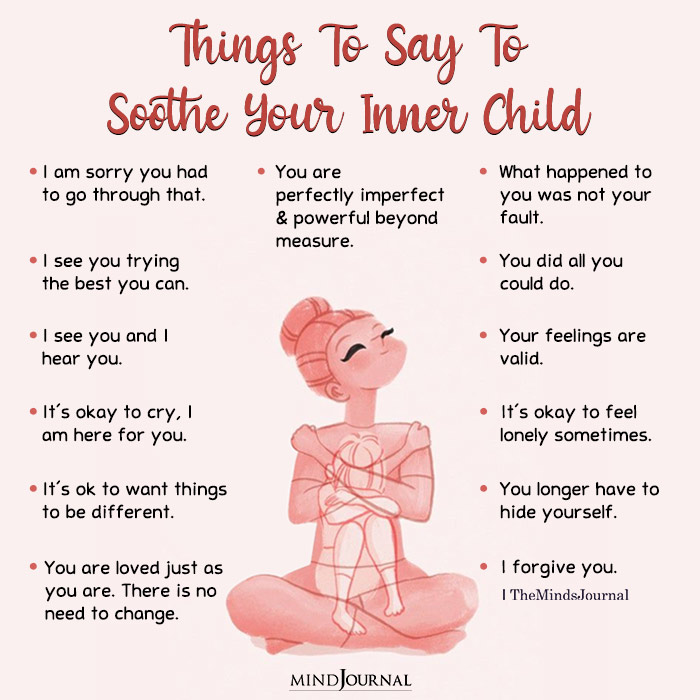
6. Maintenance
Healing is not linear. You don’t wake up one day and the pain is all gone. Much like those who have experienced healing from a broken bone, you will have days when you feel occasional emotional aches and pains, and wounds can be reinjured.
Maintenance is the final stage and the one that will last for the rest of your life. While you have the assurance of healing and the relief of no longer being in denial, this comes with its own burden at times. But you have the tools available to continue in your recovery and healing.
Want to know more about how you can heal from childhood family trauma? Check this video out below!
Copyright Kaytee Gillis 2022
References:
Perry, B. 2021. What Happened to You, conversations on trauma, resilience, and healing. New York : Flatiron Books, 2021. Mandavia A, Robinson GG, Bradley B, Ressler KJ, Powers A. Exposure to Childhood Abuse and Later Substance Use: Indirect Effects of Emotion Dysregulation and Exposure to Trauma. J Trauma Stress. 2016 Oct;29(5):422-429. doi: 10.1002/jts.22131. Epub 2016 Sep 13. PMID: 27622844; PMCID: PMC5064859. Doka K., Tucci A. (2011). Beyond Kübler-Ross: New Perspectives on Dying, Death, and Grief. Washington, DC: Hospice Foundation of America. Accessed 7/1/2022.
Written By Kaytee Gillis Originally Appeared On Psychology Today
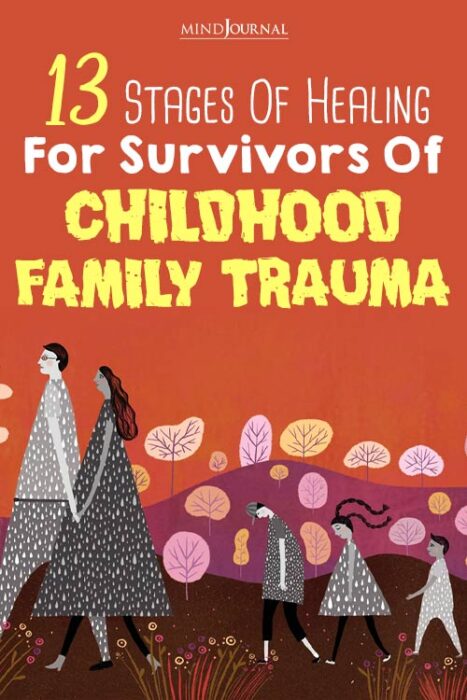
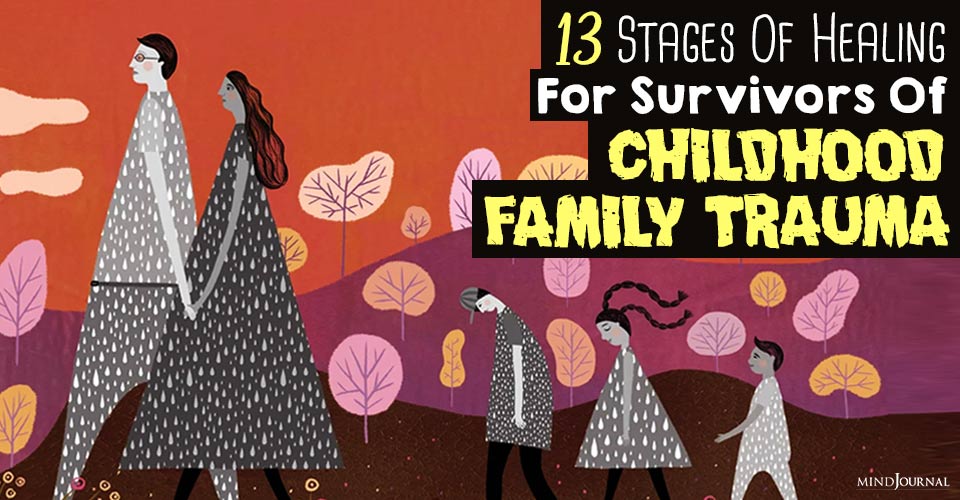
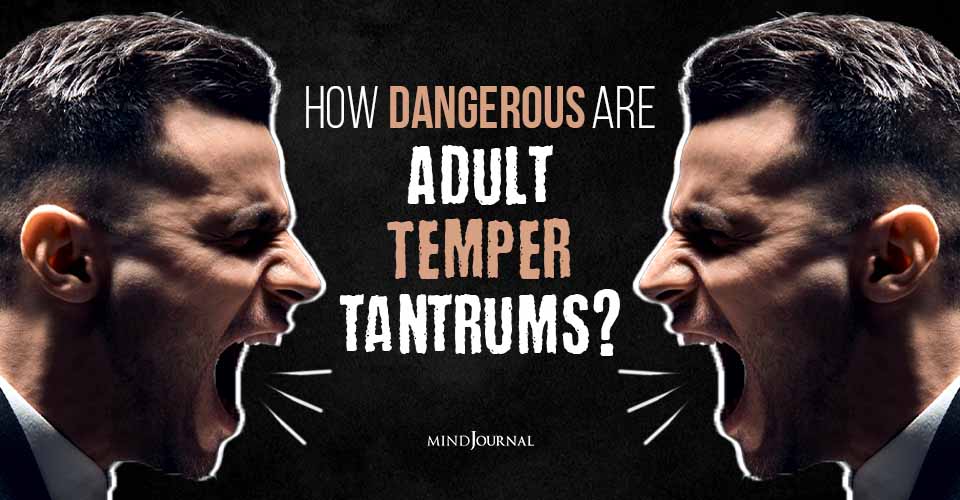
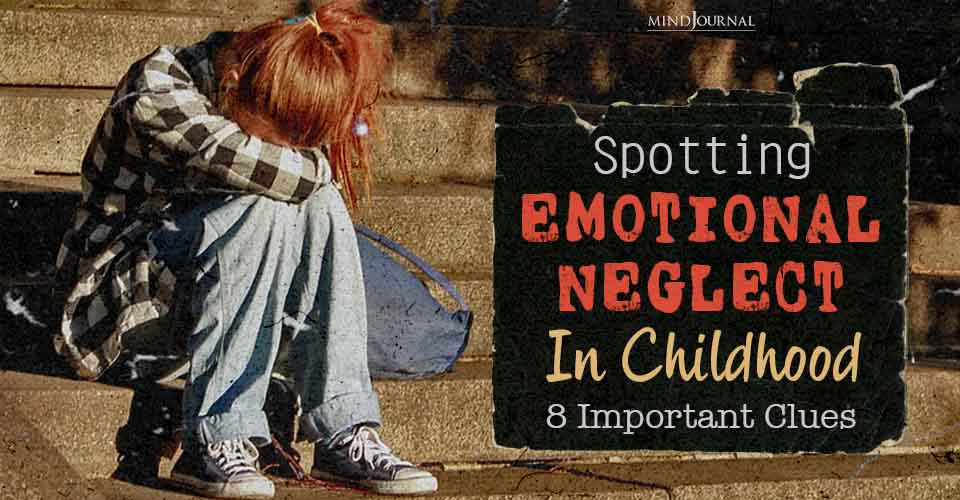
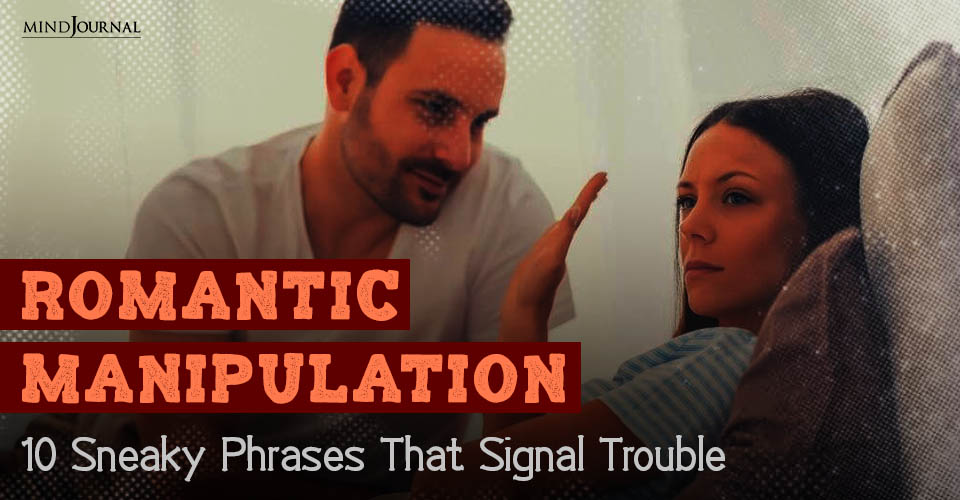
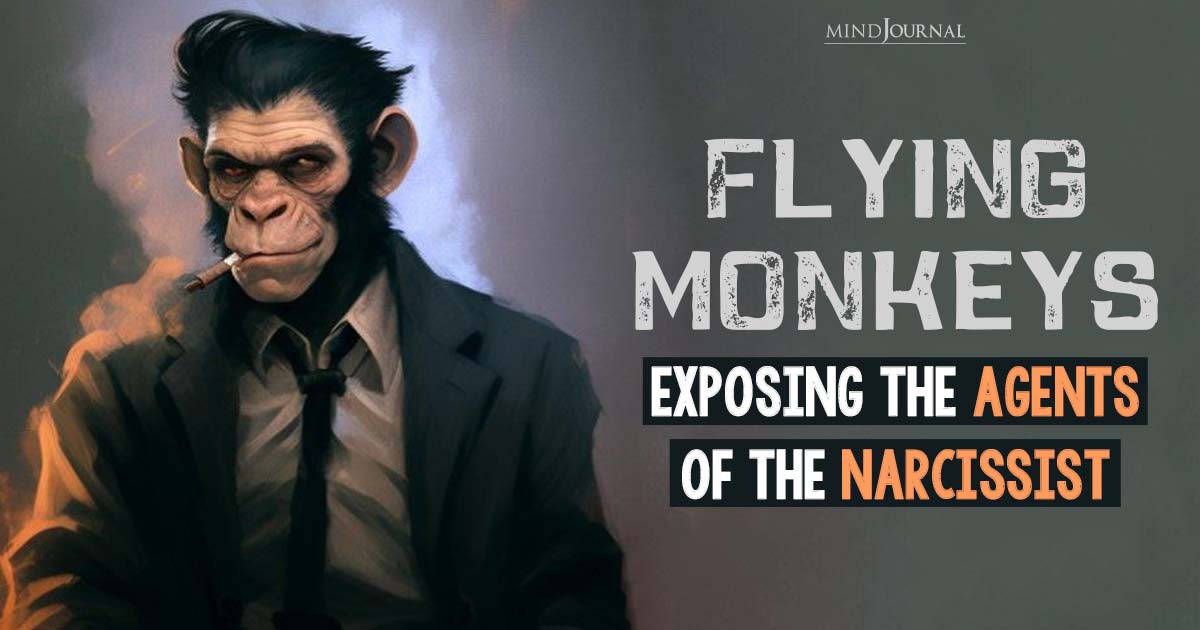
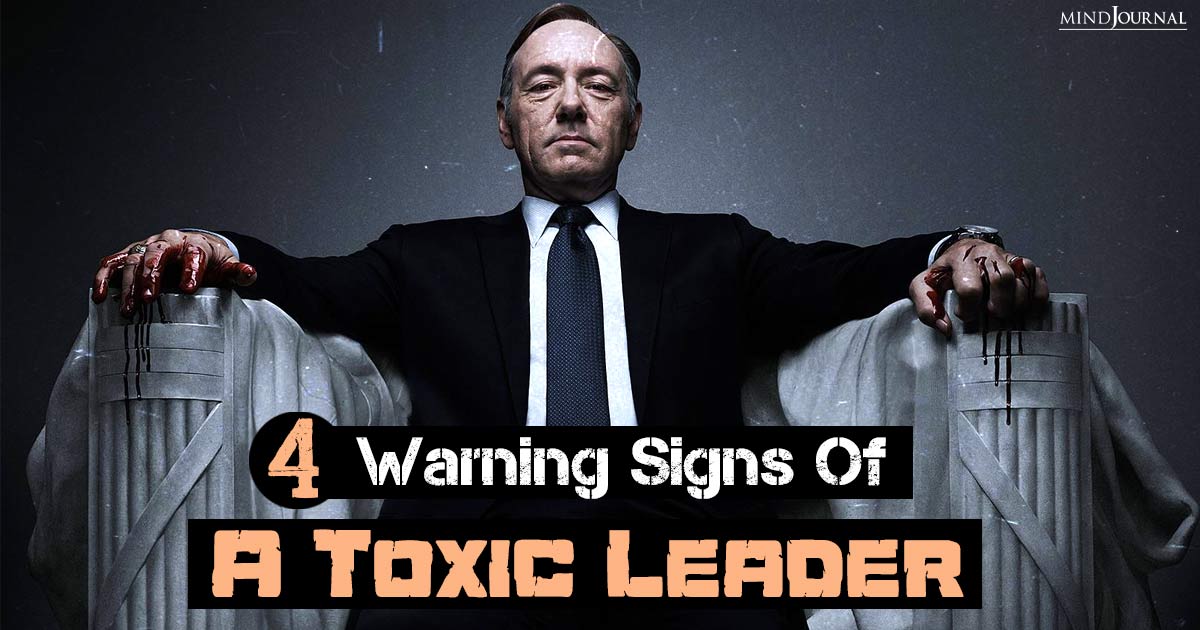
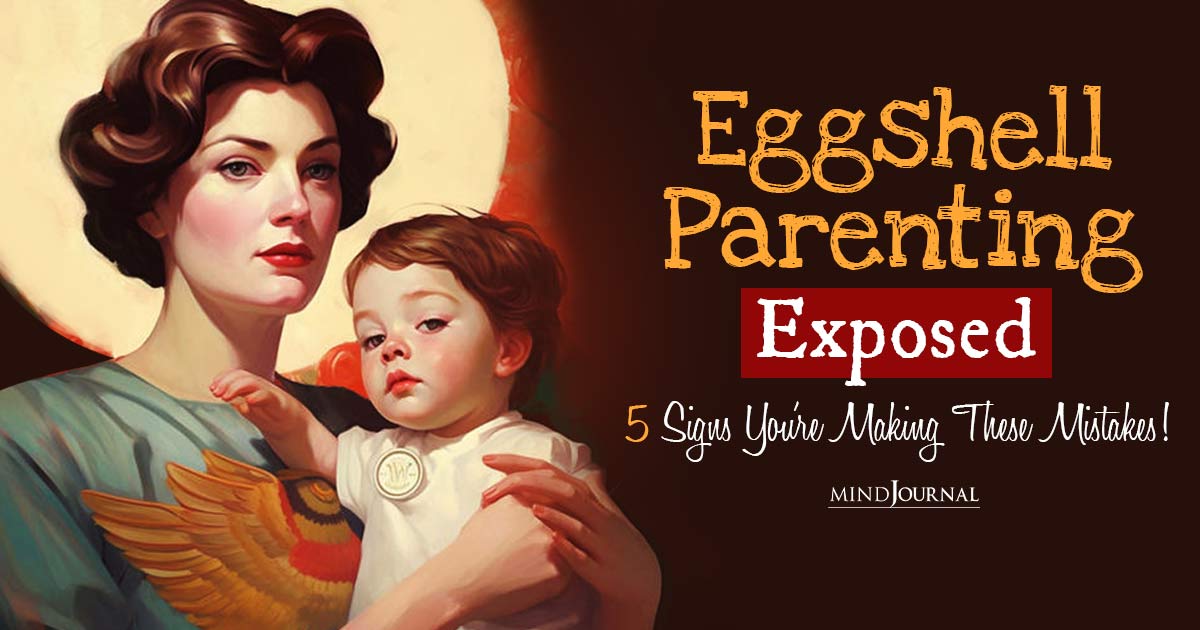

Leave a Reply
You must be logged in to post a comment.